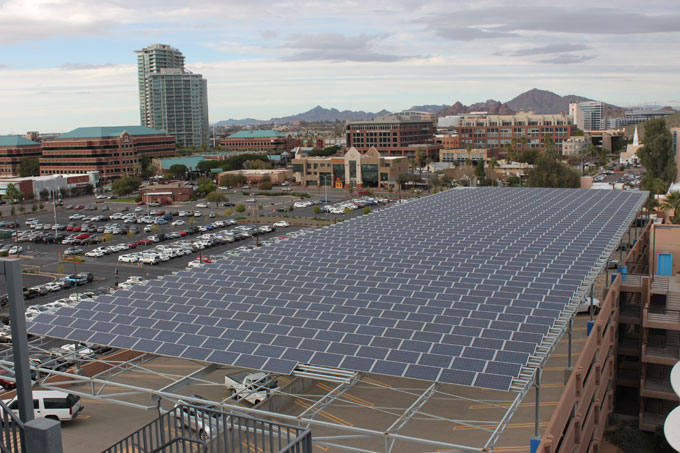I am so proud of the young people in my hometown Freiburg, Germany
Fridays for Future Freiburg @F4F_Freiburg
30,000 on the streets in a city with a population of 230,000. Freiburg stressed clearly: "We have enough from the climate cabaret (#Klimakabarett der GroKo)! Our future is non-negotiable.
Fridays for Future Freiburg @F4F_Freiburg
30,000 on the streets in a city with a population of 230,000. Freiburg stressed clearly: "We have enough from the climate cabaret (#Klimakabarett der GroKo)! Our future is non-negotiable.
#Freiburg is breathtaking! We probably hit a record here :D #GlobalClimateStrike #FridaysForFurture #Klimastreik pic.twitter.com/k3iKKHgAdR— Fridays for Future Freiburg (@F4F_Freiburg) September 20, 2019





